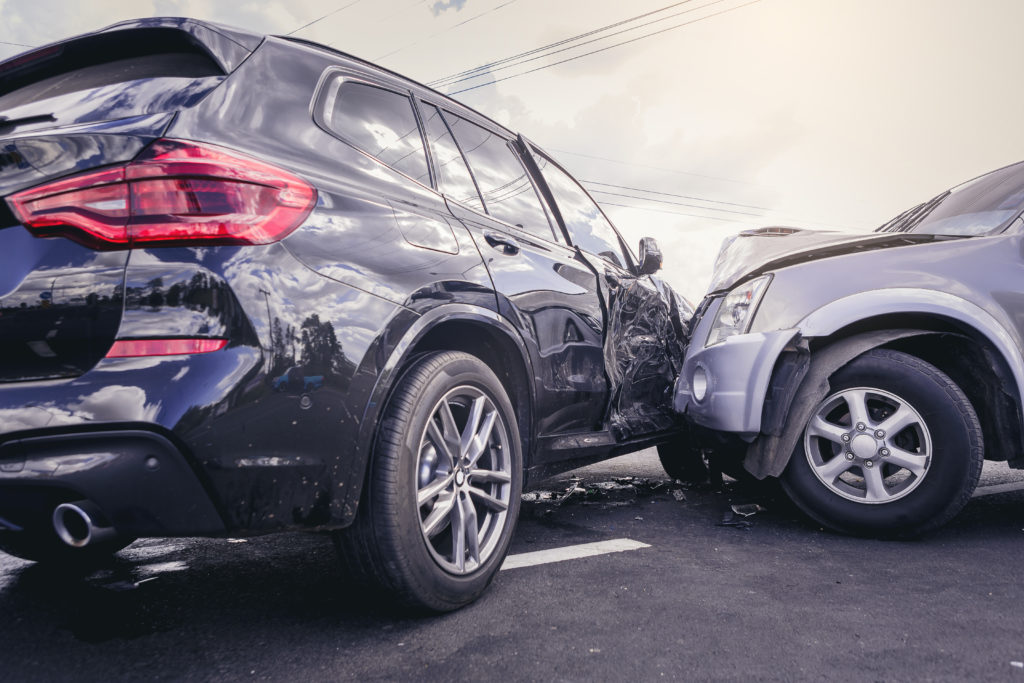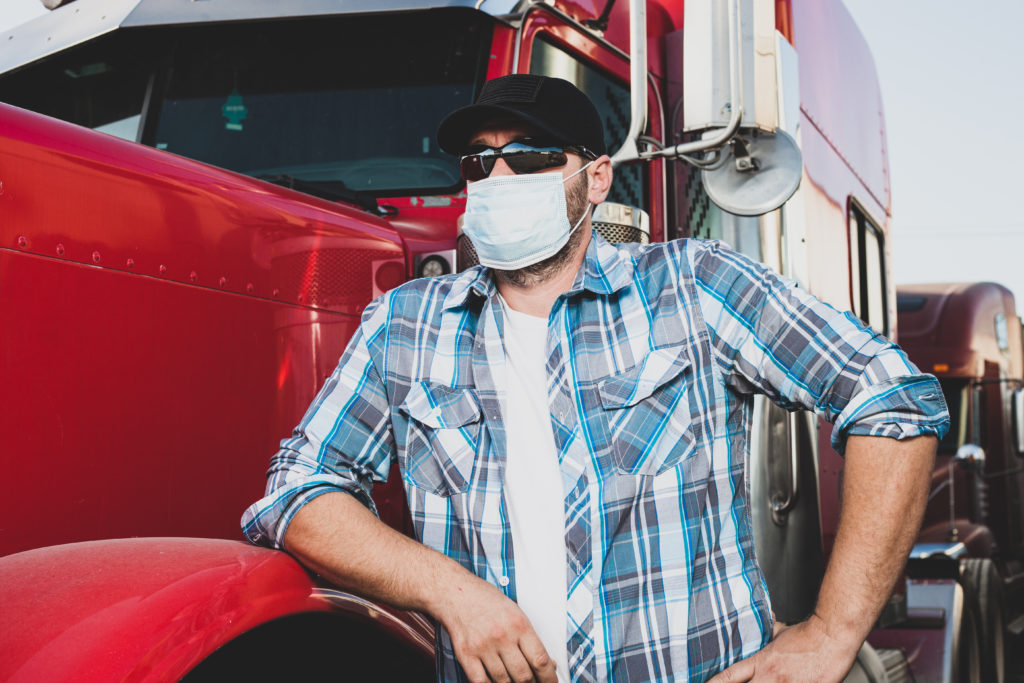
To keep compliant trucks moving regularly, the use of innovative truck-screening technology has been implemented across the Arizona Department of Transportation.
In a news release by ADOT, the department said it would be using this tech alongside commercial ports of entry in order to more easily record important identifying information of trucks as well as weight and other qualifying factors. So far, this truck-screening technology has only been in place at rest areas, such as the McGuireville rest stop on Interstate 17, Canoa Ranch on Interstate 19, and Sacaton on Interstate 10.
The truck-screening tech will now be expanded to commercial entry ports along Interstates 10 and 40, and on state Route 95 in Parker.
“This truck-screening system will allow our officers to focus on the commercial vehicles that need our officers’ attention,” said ADOT’s Enforcement and Compliance Division deputy director, Jeff Stanhope. “It helps us make better use of our resources and efforts while allowing trucks in compliance to go on their way.”
The technology, when expended across the major east-west routes of Interstates 10 and 40, will be passing through Arizona in order to connect New Mexico and California. With state Route 95 running along the borders of Arizona, it will also feed into California and Nevada.
“As you’re coming from New Mexico or California on either I-10 or I-40, you’ll go through these truck-screening places,” said Ryan Harding, spokesman for ADOT. “There’s a lot of truck traffic on those interstates.”
This tech has cameras meant to read USDOT numbers and license plates, weigh-in motion sensors, and message signs. At the Ehrenberg and San Simon ports of entry on Interstate 10, the screening technology can identify commercial vehicles that have tires in need of repair, as tire failure on any commercial vehicle can bring potentially catastrophic situations to the road and can allow dangerous tire debris to be left on roadways. For this feature, the agency is still evaluating how accurate the sensors can be.
When a truck is approaching an entry port, signs will direct the driver to the right lane, and when he or she reaches a half-mile point from the port, cameras and sensors are able to capture the commercial vehicle’s information and relay it back to the port’s ADOT Enforcement and Compliance Division officers.
The sensors and cameras along the roadway are meant to more easily collect necessary information about the commercial truck without the driver having to stop.
“The cameras are really high-speed, so they can capture the U.S. DOT number and license plate, and it’s able to weight the truck as it rolls over,” said Harding.
The screening system will then compare the truck’s information against state and national databases, and truckers that are compliant will be allowed to bypass the port. If the port’s system detects a problem, the highway signs will alert the driver that he or she must pull into the port for inspection. Some of these issues calling for a driver to stop include: out-of-service orders, expired registration, or permits not on file. At the Ehrenburg and San Simon ports of entry, this could also include any tire problems detected.
“It just makes it more efficient because the trucks are coming into the port are those trucks that need further inspection by officers, and the trucks that are OK can just continue right on,” said Harding. “It kind of smooths the flow of commerce.”
This truck-screening technology will not only make life on the road easier for truckers, but will also aid overall state planning. Size and weight information will be stored by ADOT in order to help its Multimodal Planning Division make more accurate and necessary decisions in relation to the state’s highway system.
It will also work to save truck drivers and officers resources and time on the job, and make their work a bit more stress-free.
“We hope that this will make it a lot more efficient for the flow of commerce in and out of the state, and make it more efficient for our officers’ time and resources as well by only inspecting trucks that need it,” explained Harding.




